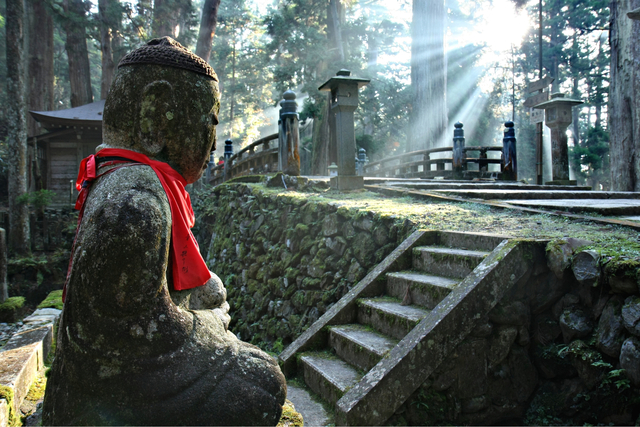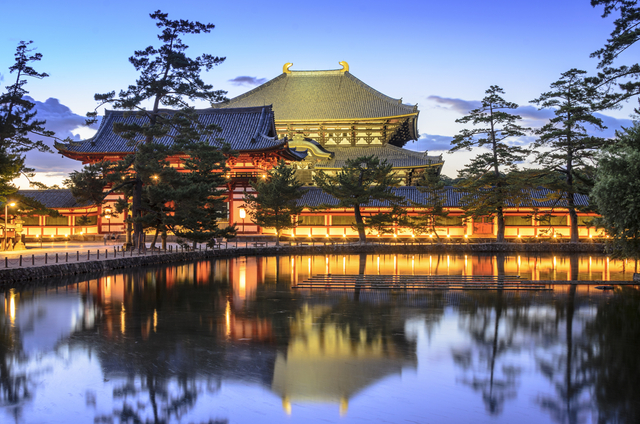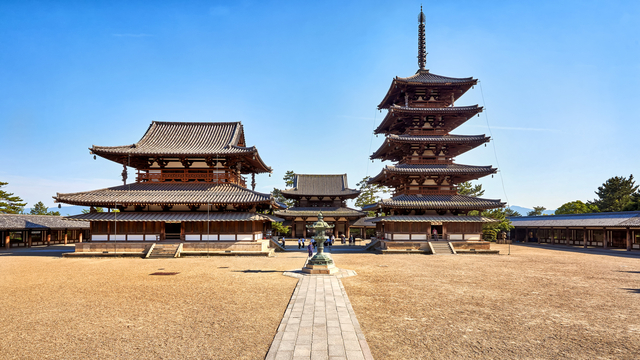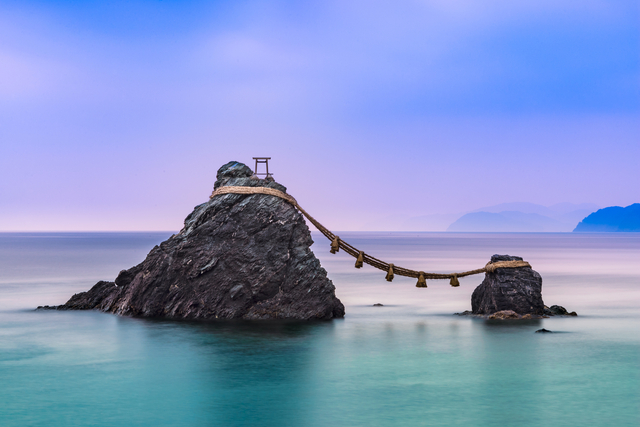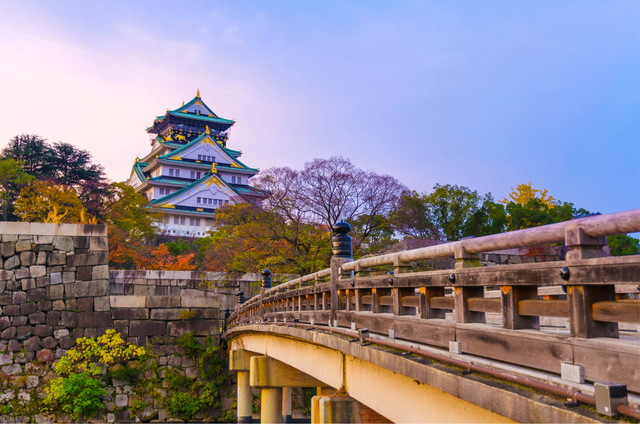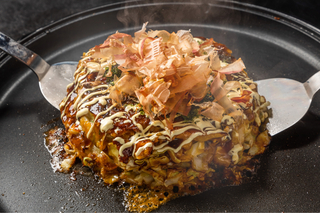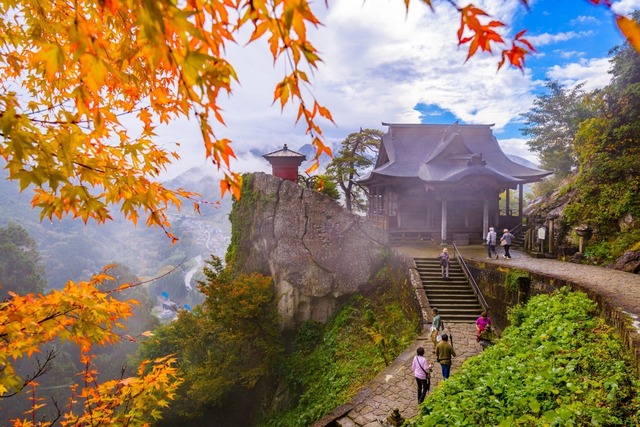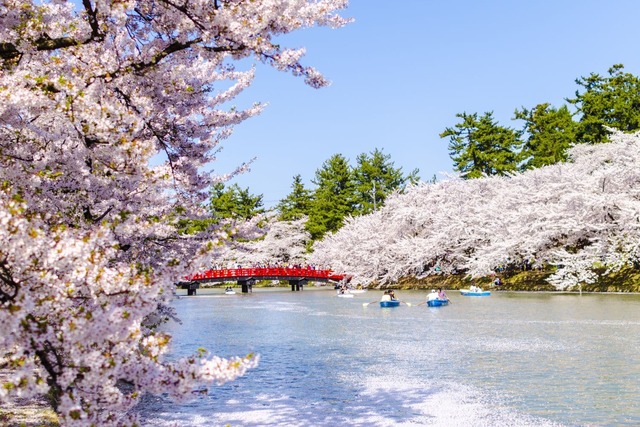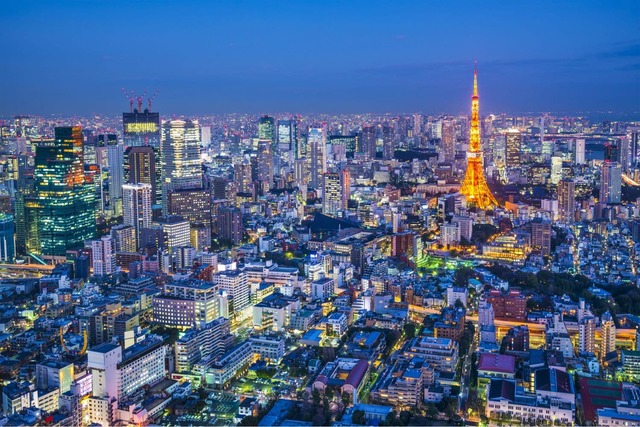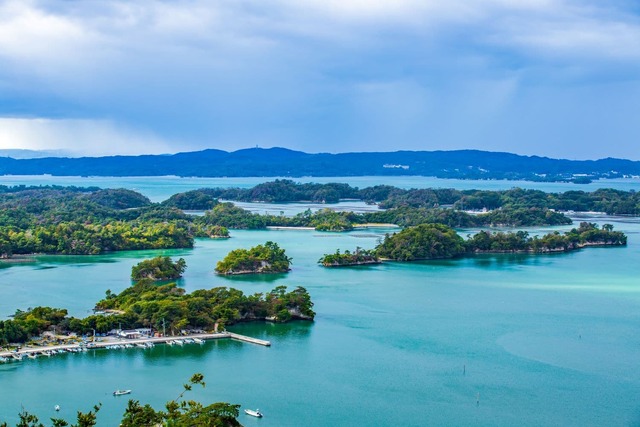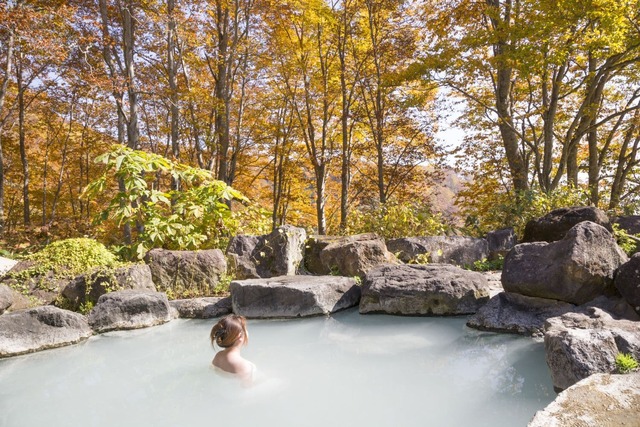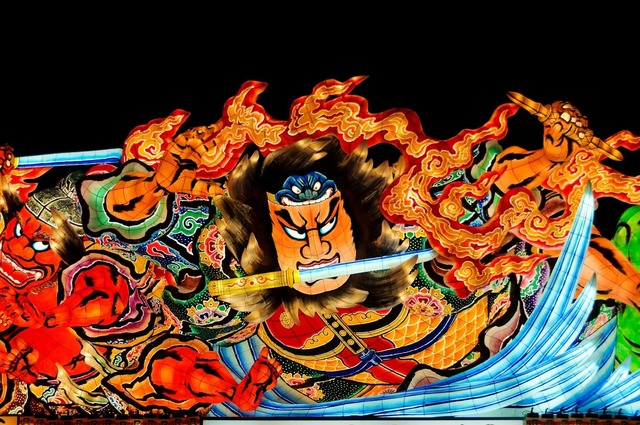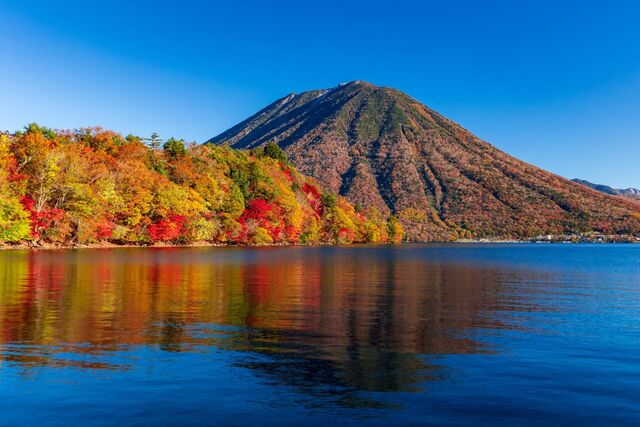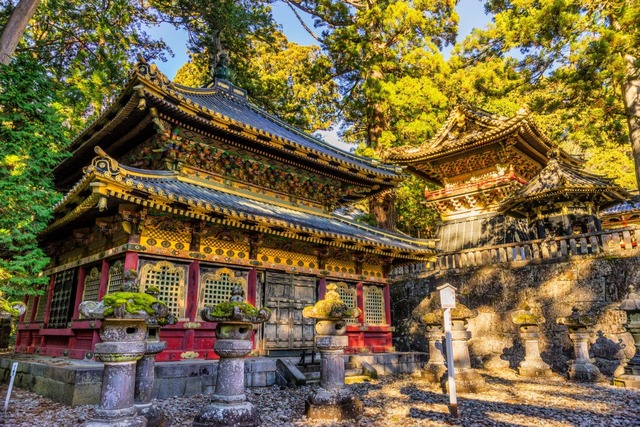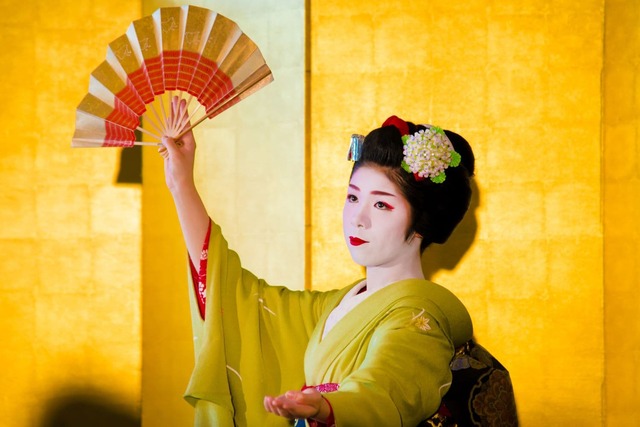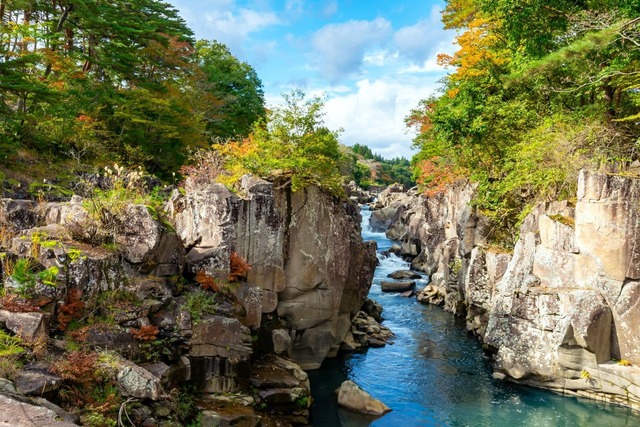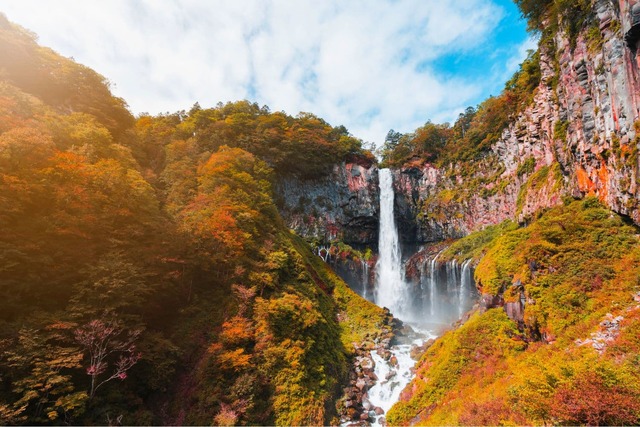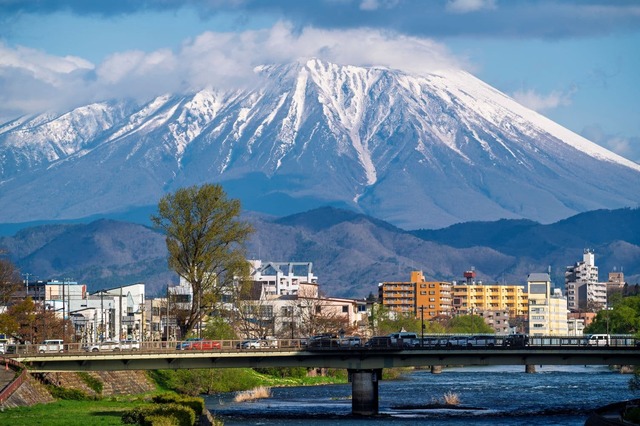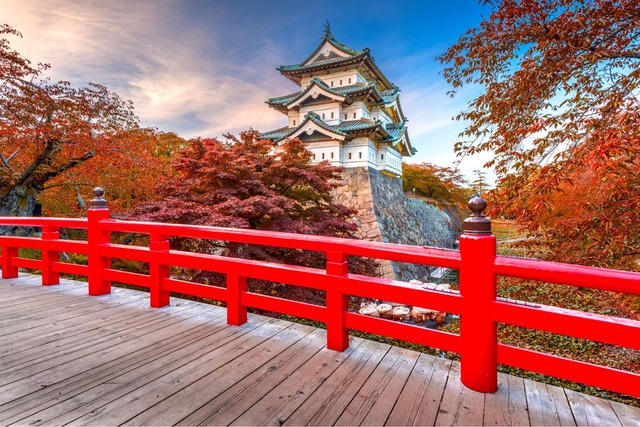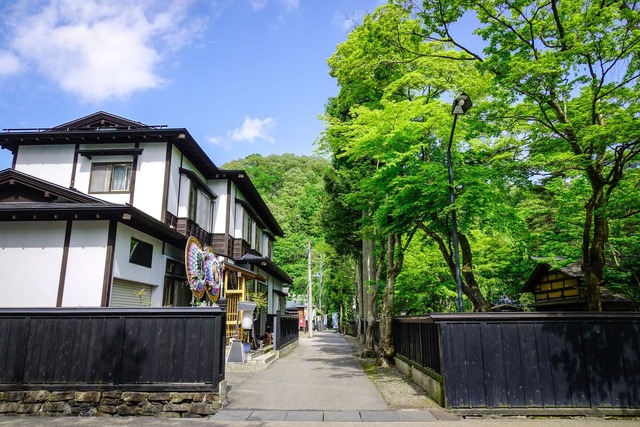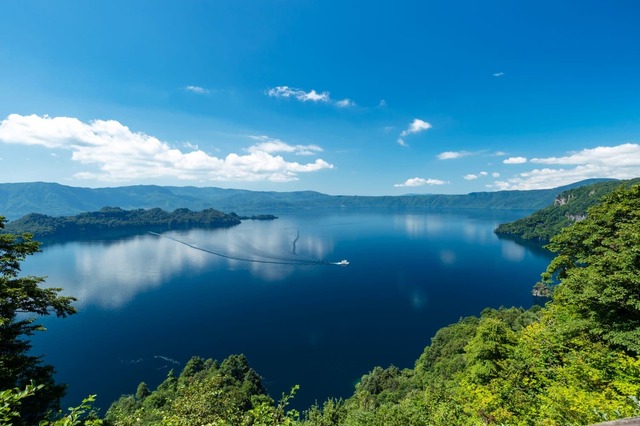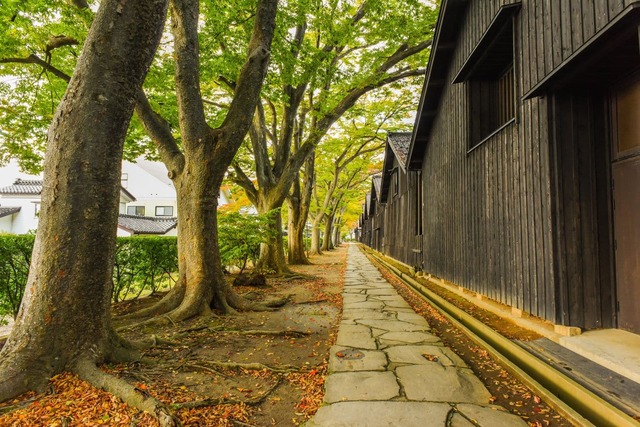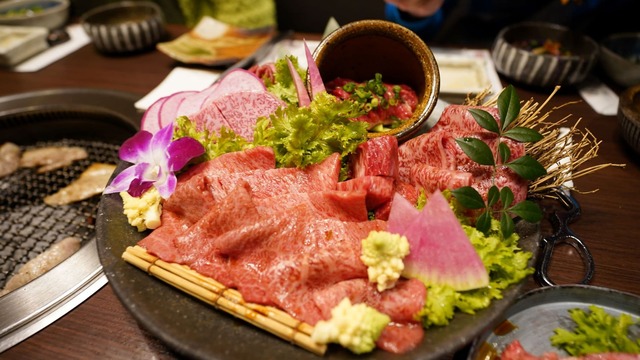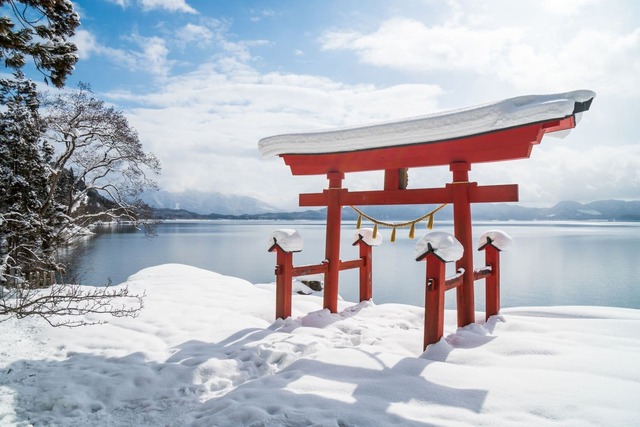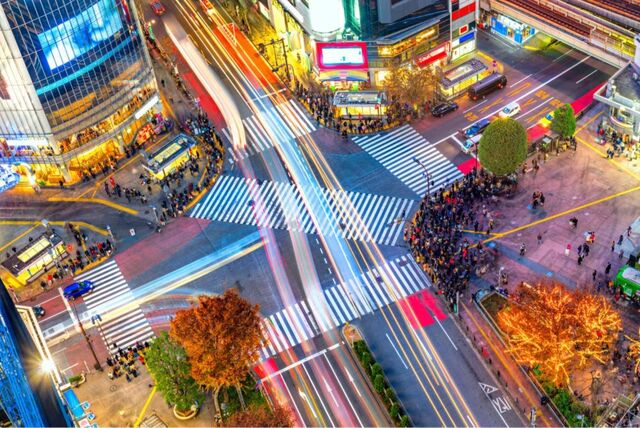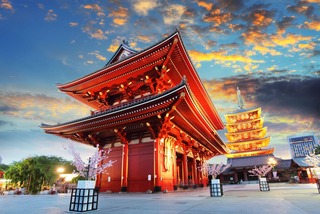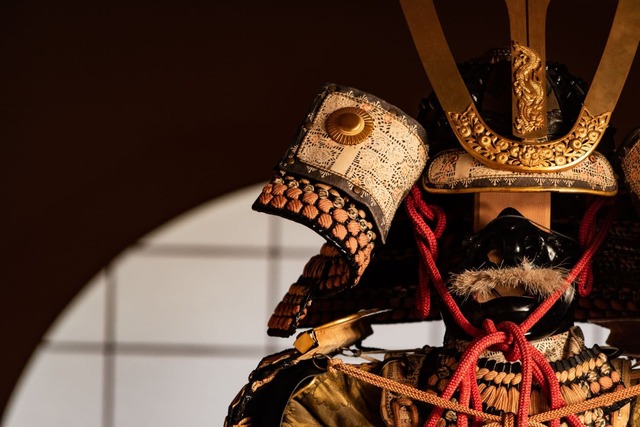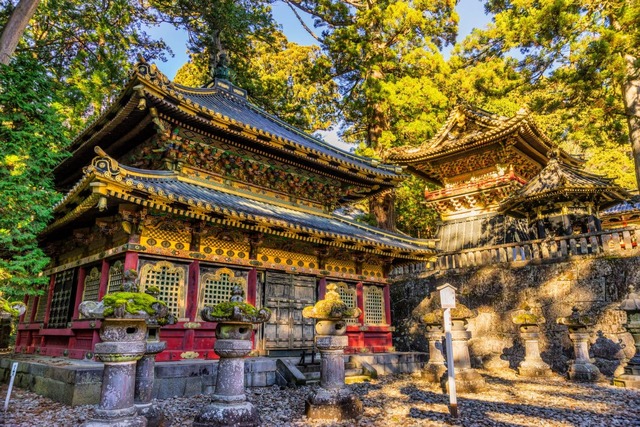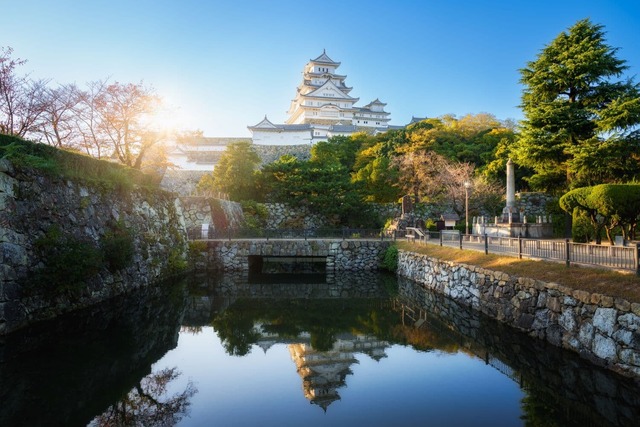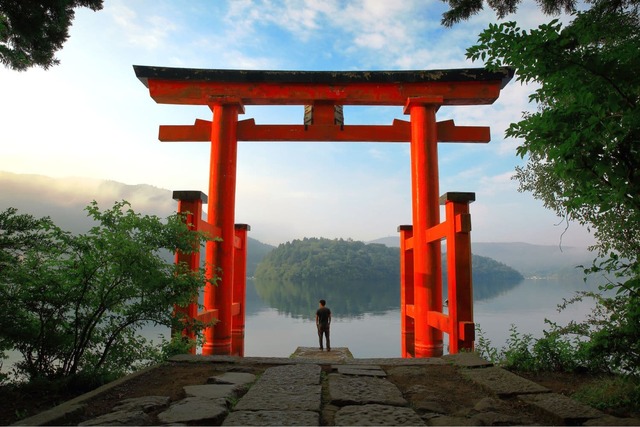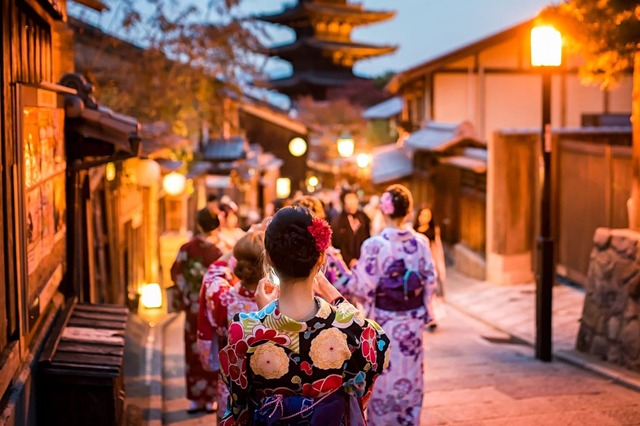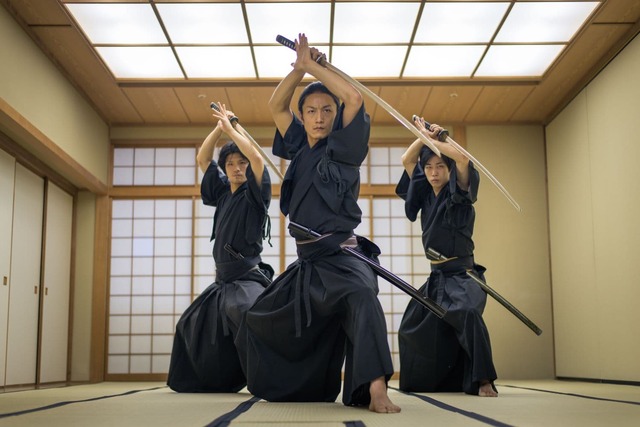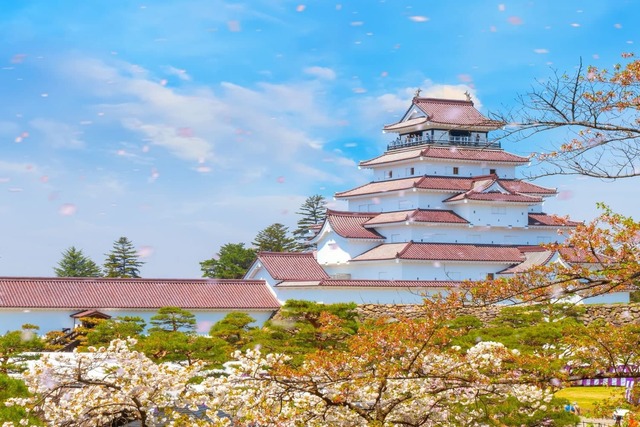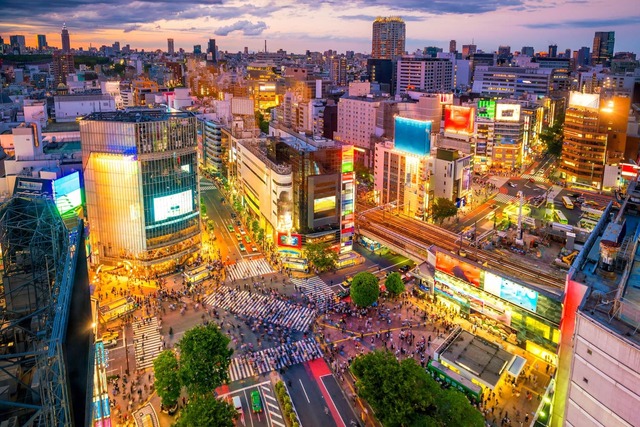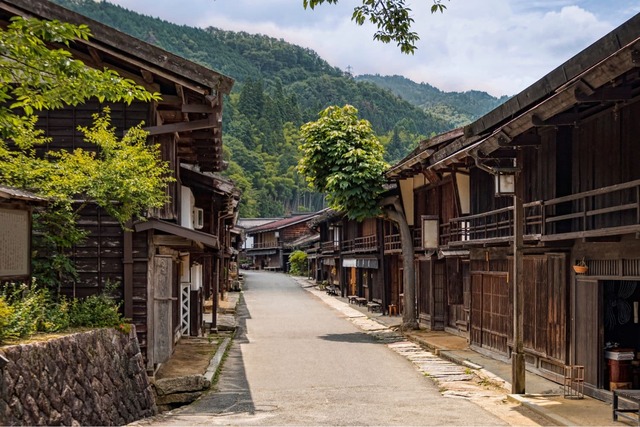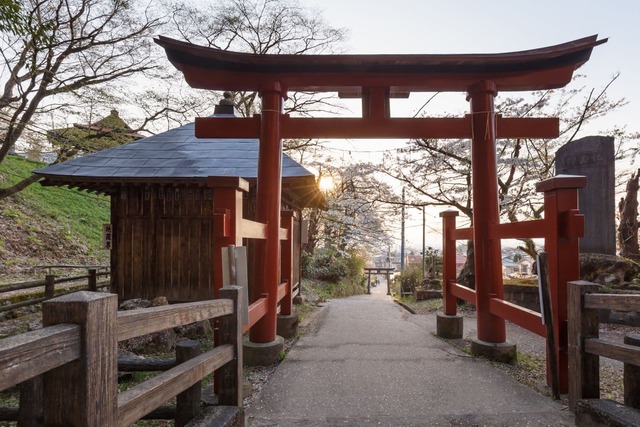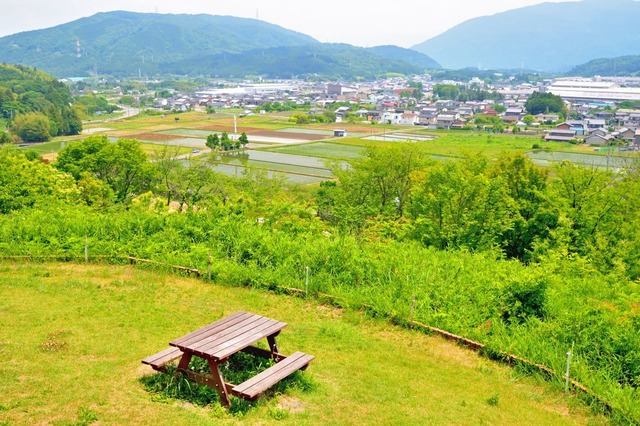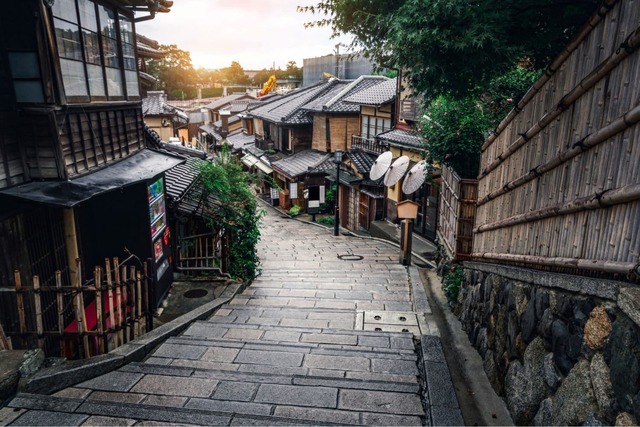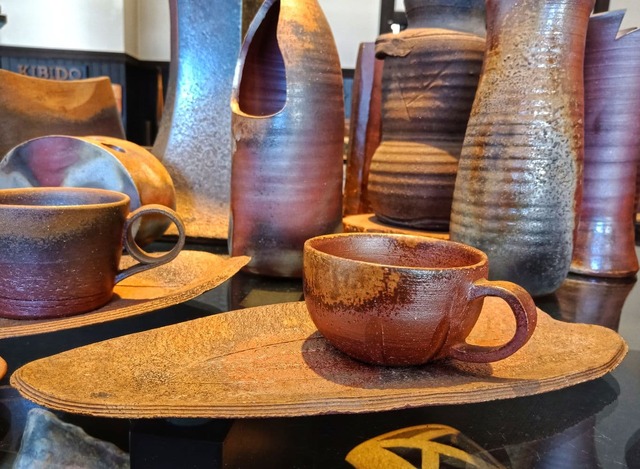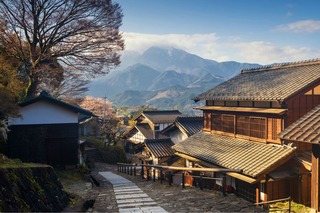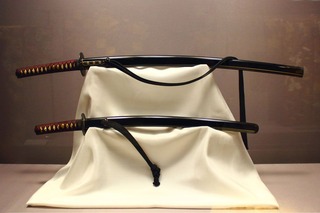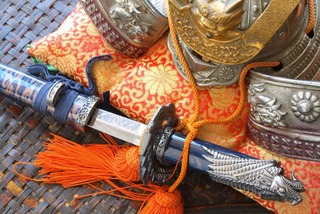Japan Heritage
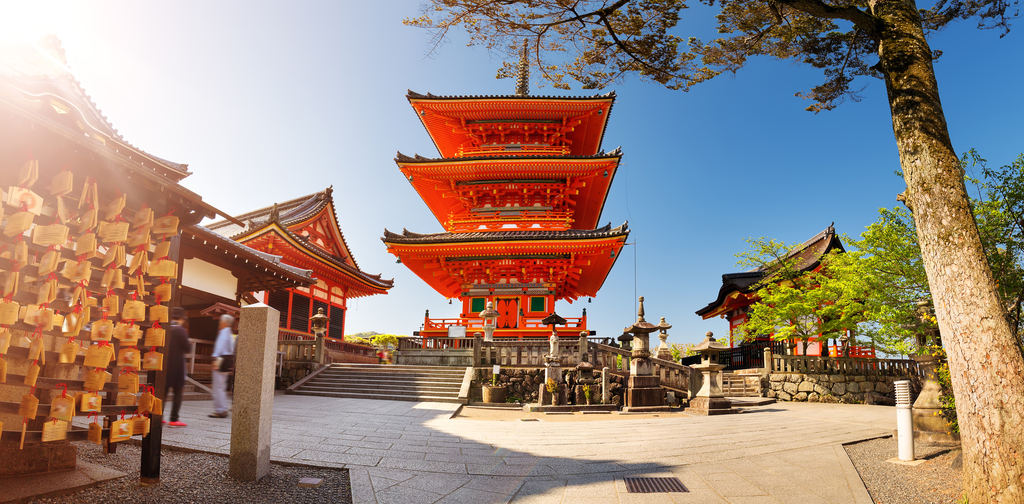
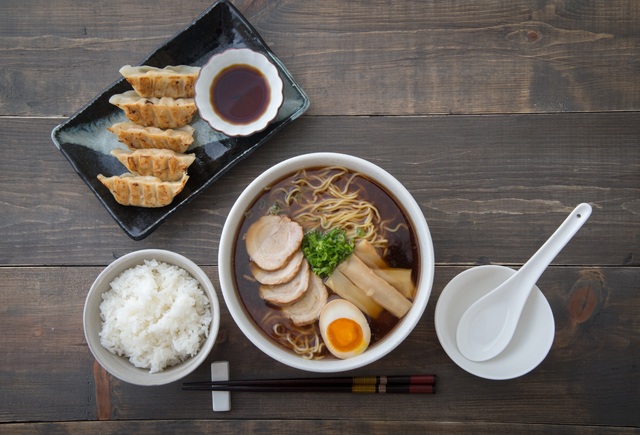
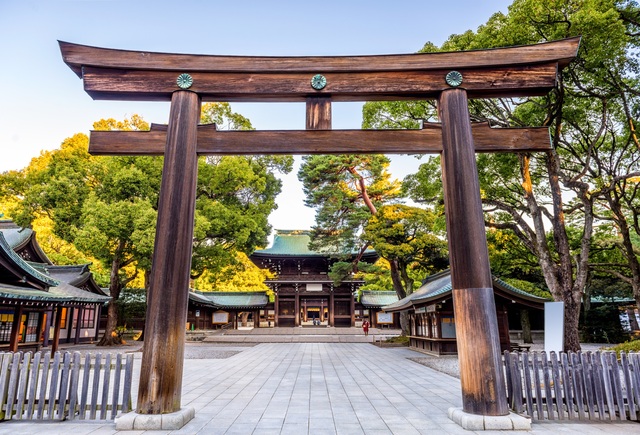
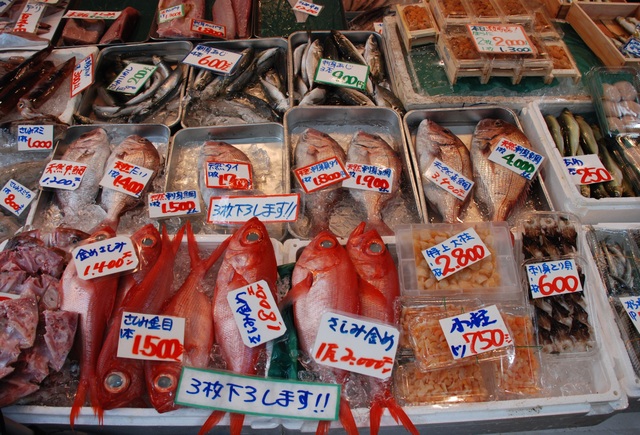
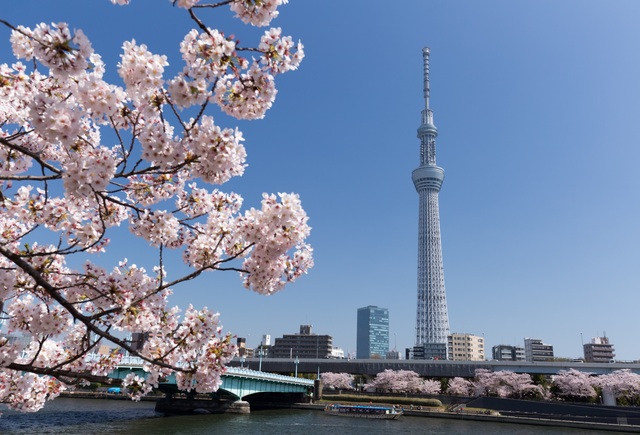
- Culture
- History
- Religious
Overview
Travel through Japan's ancient history in 16 days.
Gokaido consists of many small towns founded along the road where the weary hikers could get some food and a place to spend the night. And even today, in a time of highways and high-speed trains, many of the towns still stand as destinations frozen in time. You will visit scenic and well-preserved old towns on the old route on this trip, starting in high-tech Tokyo and ending in the cultural capital of Kyoto. Let's take a journey back in time - to ancient Japan.
Suggested itinerary
Prepare for an unforgettable adventure from Europe to Tokyo. You'll depart on an overnight flight so try to get some good sleep to get ready for the many adventures that await.
You'll arrive in Tokyo in the morning then take the airport transfer bus to central Tokyo. Look around the local area before your check-in. Use the afternoon to get acquainted with the city and start exploring what this magnificent metropolis has to offer.
Your first full day starts today. Due to Tokyo's size, we suggest choosing an area you want to explore and don't forget to take advantage of the efficient public transport. Typically, visiting two to three neighbourhoods in one day is ideal.
First, head to Tokyo's tallest tower, the Tokyo Skytree for a spectacular view of the city from the 634-meter-tall observation deck. After a short walk passing the Sumida river, your next suggested destination is Asakusa, where you can take in the heritage of Tokyo while exploring the beautiful Sensoji temple and the bustling Nakamise shopping street. This temple is the oldest, most colourful and popular temple in the city.
In the afternoon, you could buy a bento box (Japanese lunch box) and enjoy it in Ueno Park, a short metro ride from Asakusa. Ueno Park is famous for the many museums found on its grounds, most notably the Tokyo National Museum. Spend your afternoon discovering Japan's history, art and craft in one of Ueno's museums.
We'd suggest starting the day by visiting Tsukiji Market for a hearty brunch. Wander around the narrow alleys of the huge market area, sampling various delicacies from street foods, to fresh sushi, tasty wagyu beef, strawberry mochi, and so much more.
Afterwards, visit the nearby Ginza district and its high-end shops, showrooms and fashionable crowds. In walking distance, you can also visit the Tokyo's biggest transportation hub: the Tokyo Station. On one side, you'll see a hyper-modern design, on the other side, a European-inspired architecture, preserved since 1914.
From here, you can continue to the Imperial East Garden built on the grounds of the historical Edo Castle of the Tokugawa shogunate, and the famous Nijubashi bridge, one of the two original bridges leading to the Imperial Palace.
If you want even more out of your visit, we recommend that you join one or more of our experience tours with a local guide. We offer full and half-day sightseeing and excursions.
Visit the Harajuku neighbourhood, where the candy-coloured streets sit harmoniously next to the tranquil Shinto shrine Meiji-Jingu. For some anime adventure, pop by Akihabara, an area dedicated to electronics and geek culture, or attend a manga drawing class in Nakano.
After Tokyo, your next stop is Nikko, approx. 150 km north of Tokyo by train. Use a Japan Rail Pass, a train pass that gives almost unlimited access to Japan's entire rail system.
Catch the shinkansen (bullet train), then the local train into the mountains of Nikko. You have two nights in a ryokan (traditional inn), so there is plenty of time to explore this historic city and its beautiful nature.
An absolute Nikko must-see is the magnificent Toshogu Shrine dedicated to the mighty political leader, Tokugawa shogun. This shrine is the most decorative and detailed shrine in Japan and dates back to the 17th century. Surrounding Nikko is beautiful natural attractions like Lake Chuzenji and Kegon Waterfall.
You leave Nikko and travel by train and head to Shibu Onsen, a historic town with many hot springs. Famous priests, samurai and poets have visited the town for centuries, and today, guests wander the streets wearing traditional cotton kimonos and sandals lent by the ryokan (Japanese inn). You can also visit the nearby Jigokudani Monkey Park, which is famous for its onsen-bathing monkeys.
After, head back to your ryokan for dinner. Included in your stay is a gourmet dinner served at your traditional ryokan. Marvel at the countless small dishes, all made according to the principles of freshness, beauty and variety in the kaiseki kitchen. After the meal, take a long, relaxing bath in the hot springs.
You continue by train to Matsumoto. On the way, we recommend stopping in Nagano city. The city is most famous as the host of the 1998 Winter Olympics but emerged as a temple city thanks to Zenkoji, which is still one of Japan's most important temples. Nagano is also famous for its sake, thanks to the pure, delicious water from the surrounding mountains.
Continue to Matsumoto, where the most impressive sight is the striking black Matsumoto Castle, standing just as it did 400 years ago. Matsumoto is also famous for its beautiful natural landscape, as one can look straight out at the majestic Japanese Alps. Be sure to try the town's famous wasabi (green horseradish), typically used for sushi, but you can also get it here as ice cream.
Today you continue by train and bus to the Kiso Valley. The scenic and unspoiled valley was in the old days part of the Nakasendo Road, the hiking route between Tokyo and Kyoto.
Two of the best-preserved villages on the entire Nakasendo route, Tsumago and Magome, are located here. You'll spend the night in one of the villages at a family-run Japanese inn (minshuku) with breakfast and dinner included - real authentic Japan.
The main attraction in the area is just walking around. The nature is fantastic, and the narrow maze of the villages are incredibly cosy. On the main street in Tsumago, cars are forbidden during the day, and all telephone and power lines hidden, so it is easy to pretend that you have travelled back in time.
Don't miss a visit to the well-preserved houses of Honjin and Wakihonjin in Tsumago. They are old accommodations where samurai once slept. If you want a slightly longer hike, we highly recommend walking along the old Nakasendo road between Tsumago and Magome. The route is beautiful, extremely well preserved and marked in English. It takes two to three hours to walk it leisurely.
You are now on your last train journey to Japan's cultural treasury, Kyoto. You'll have four full nights here in the country's old capital, making it an excellent opportunity to explore the best in Japanese culture. We'd suggest starting your stay in Kyoto by joining our evening tour, exploring food and drink in Kyoto's small streets?
Our suggestion for your first full day in Kyoto is to walk or take the local bus to the samurai castle Nijo-jo, a UNESCO-protected building. The palace served as the residence and office of the Shogun during his visits to Kyoto in the old days.
The different rooms of the palace are covered with tatami, and the walls decorated with elegant paintings and beautiful ceilings. Spend some time in the Japanese garden outside with ponds, ornamental stones and manicured trees. From here, walk to the Imperial Palace and visit the inner and outer gardens.
Walk from here to the Kamo River, walk down along the river to Sanjo station, and end your afternoon in the Teramachi shopping arcades area or Kawaramachi street.
Today we recommend you to join one of our private bicycle tours with a local English speaking guide, or you could start your own program for the day at the Sanjusangendo temple with the 1001 golden statues of the Goddess of Mercy Kannon.
From here, walk to the panoramic city views from Kiyomizu-dera, where you'll find a wide range of restaurants. In the afternoon walk along the Philosopher's Path, a two-kilometre path begins at Nanzenji temple and ends at the Silver Pavilion (Ginkaku-ji).
We also offer tea ceremonies, sushi courses, sake tasting and guided excursions to Japan's first capital, Nara.
Start your day in Ryoanji temple, the most famous rock garden in Japan. Here you can view the garden, which has 15 stones laid out in neatly grouped patches of moss, but at least one of the rocks is hidden from any vantage point. It is up to each viewer to find the meaning for themself.
From here, you can take the bus, or you can take a nice walk only 20 minutes to Golden Pavilion (Kinkaku-ji), another Zen temple covered in gold leaf. The building is impressive, overlooking a large pond and garden complex.
In the afternoon you could either go back to the city centre to do your last shopping or go to Kyoto station and change train to Nara, a 45-minute ride to the first capital of Japan.
Later it's your last night in Japan, and we think that calls for teppanyaki dinner, which includes mouthwatering wagyu meat.
It's time to say "sayonara" (goodbye) or maybe "mata-ne" (see you again) to Japan. You will be picked up at the hotel in Kyoto and driven to Osaka airport (approximately one hour), where you'll get your return flight to Europe. We hope your adventure through Japan has been a journey that will enrich your life forever.
Accommodation
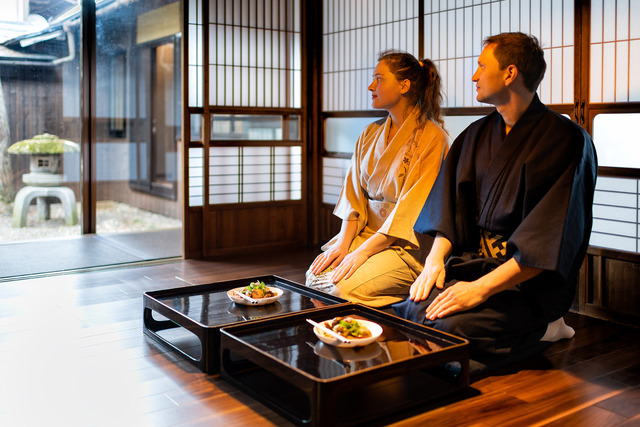 + 5 Photos
+ 5 Photos
A ryokan is a traditional Japanese inn that offers a unique cultural experience. Guests sleep on tatami mats, enjoy traditional meals and may have hot springs & gardens.
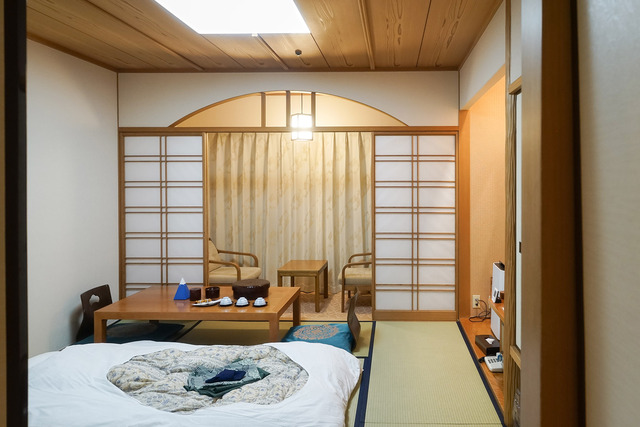 + 2 Photos
+ 2 Photos
Minshukus are traditional Japanese guesthouses, where guests can experience a homestay, enjoy home-cooked meals and immerse in the Japanese culture.
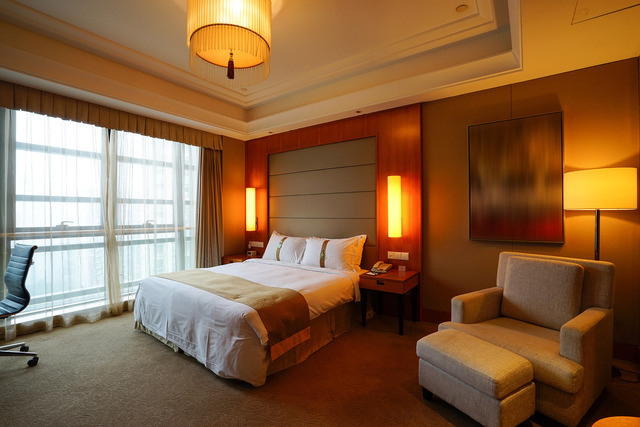 + 5 Photos
+ 5 Photos
Western-style hotels in Japan offer comfort and convenience with amenities like room service and fitness centres. Many are located in major cities and near popular destinations.
Important information
Important information
- Travel insurance is optional. Let us know if you’d like help adding it to your trip.
- The itinerary shown is an example. We’ll tailor the tour to fit your interests and travel style.
- Once you get in touch, we’ll fine-tune the details together to make sure the trip suits you perfectly.
What is included
- International return flight tickets
- Checked luggage
- Airport transfers
- 9 nights in western style accommodations
- 1 night in Japanese-style ryokan with onsen
- 4 nights in Japanese-style Minshuku
- Breakfast and dinner (selected locations)
- Transport tickets between destinations
What is not included
- Local transport (buses, metro, taxis)
- Local city tax which needs to be paid on the spot
- Optional excursions and sightseeing tours
- Travel insurance


